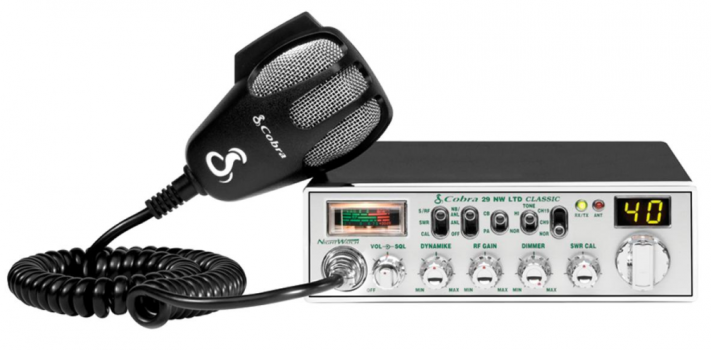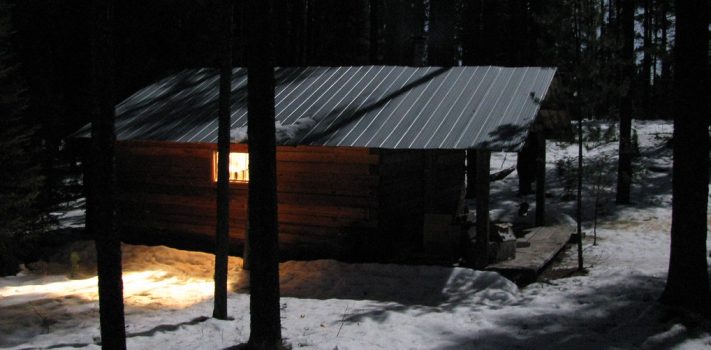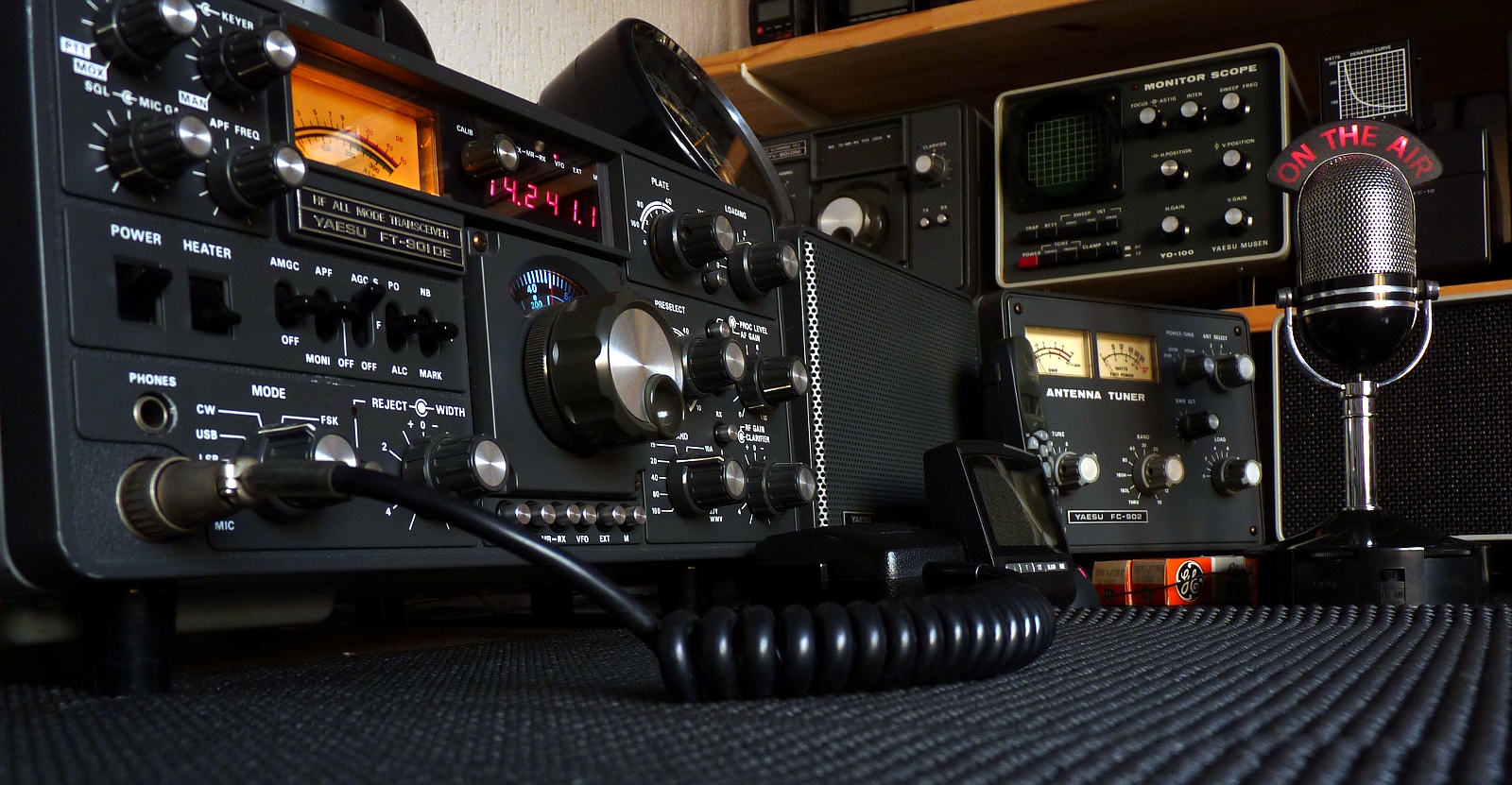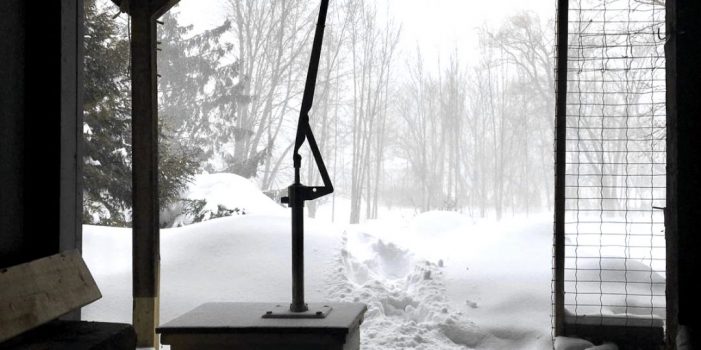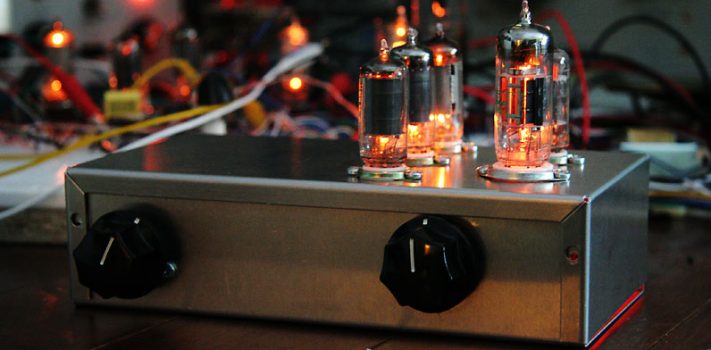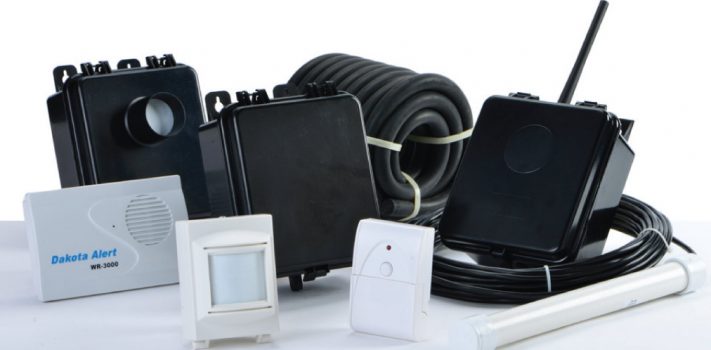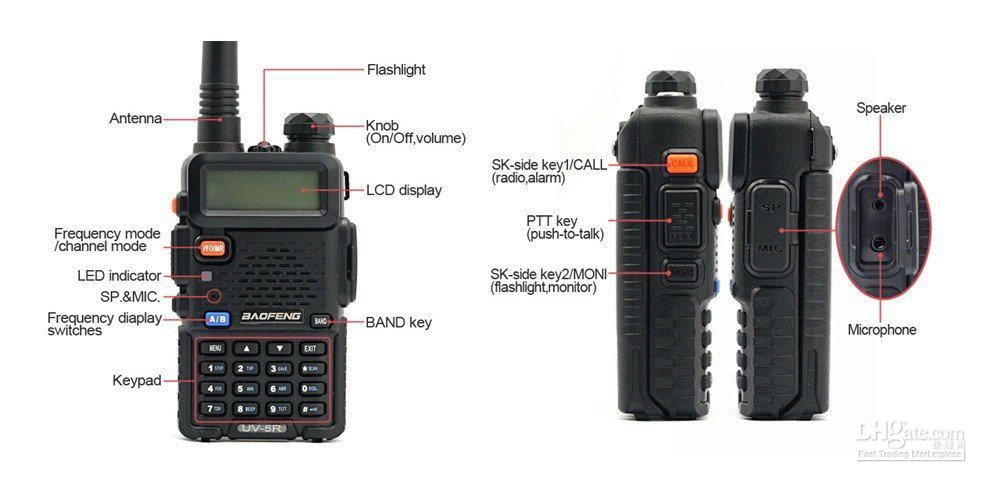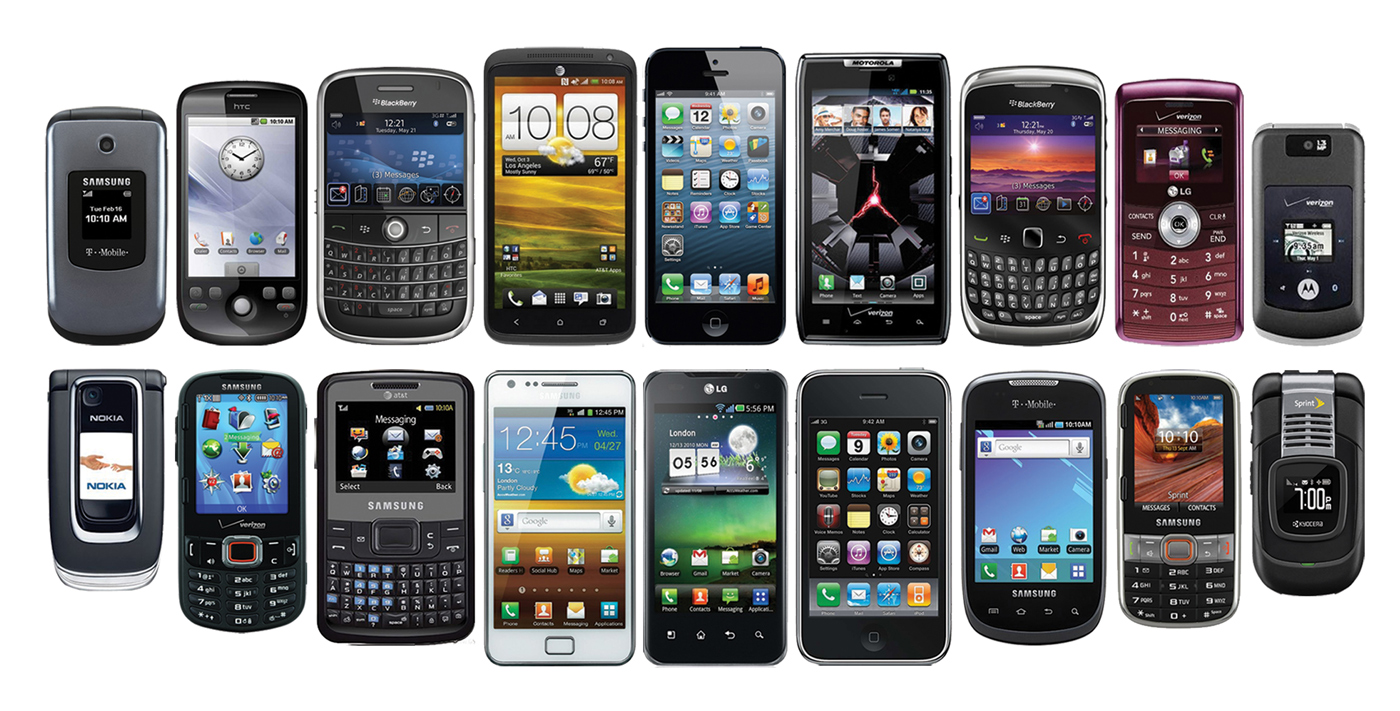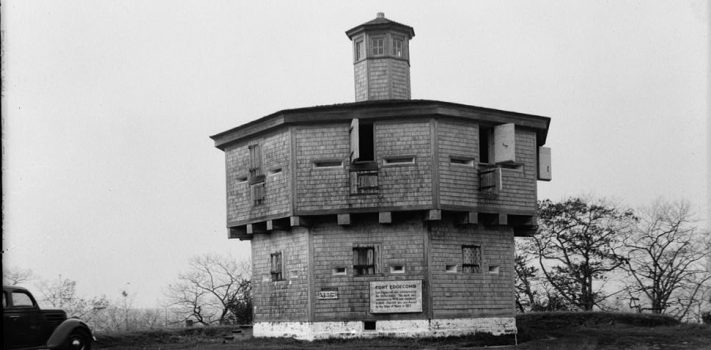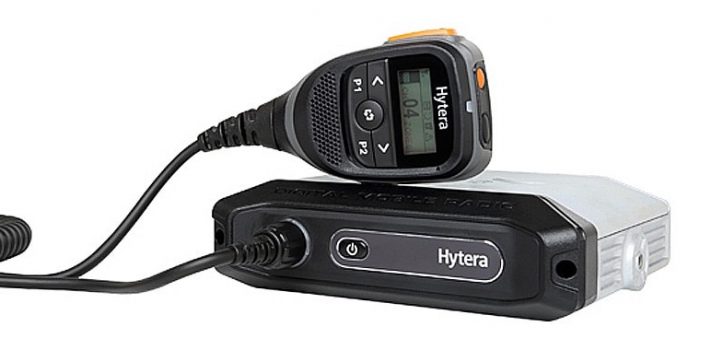Useful Transceivers for Most Preppers, by Tunnel Rabbit
Preamble The goal of this article to provide readers, the average preppers radio operator, with useful choices that may be capable of meeting a required level of performance. These are some inexpensive, or low power radio options that do not require an Amateur Radio License in the U.S.. Antenna choice is a very important to the part of providing reliable communications within a 10 to 20 mile radius using low powered radios. Terrain also plays an important role. If one located 50 feet higher than the average elevation of the surrounding terrain, the distance it may transmit and receive is …

